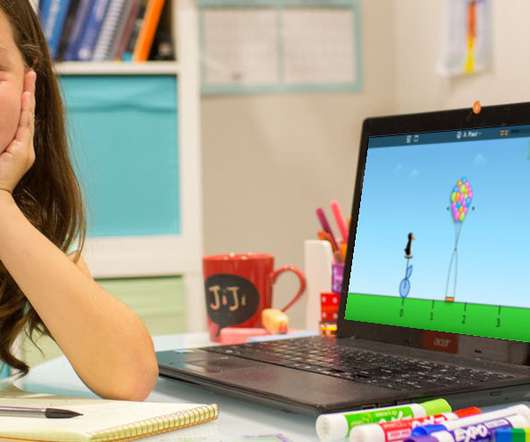The Science Behind Spatial-Temporal Math
MIND Research Institute
JANUARY 26, 2021
Research investigating how such fear develops suggests that a lack of motivational or cognitive support paired with a high demand for correctness from the teacher can lead to students avoiding math probably because they want to avoid showing incompetence in class (Ashcraft, 2002; Turner et al., Spatial-Temporal Game-based Learning.















Let's personalize your content